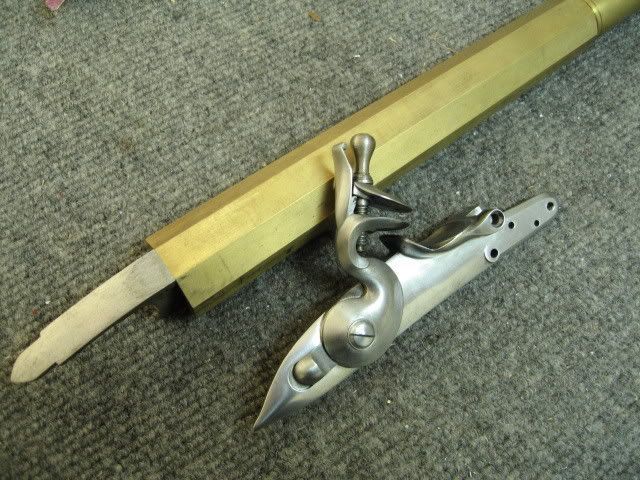pennsyltucky
40 Cal.
- Joined
- Jul 23, 2005
- Messages
- 135
- Reaction score
- 0
im workin on a large build. a 4 bore. i have the barrel blank put together, and i have been really torn about what contour to cut the outside. i cant do swamped, and it cant stay straight octagon. so which will balance better, oct-round or tapered octagon. both will weigh very close to the same when finished. is there something magical about one or the other? or maybe tapered octagon to round? also, any tips on what i should scale up on the stock to make it look a little less out of proportion? the barrel is only 1 3/8 across the flats, so its not huge, but certainly bigger than the 15/16 or 1" barrels. im planning on maybe inletting it slightly deeper, and using a removable ramrod tip so i dont have to allow for the huge 1" tip. any other comments or suggestions would be nice.






